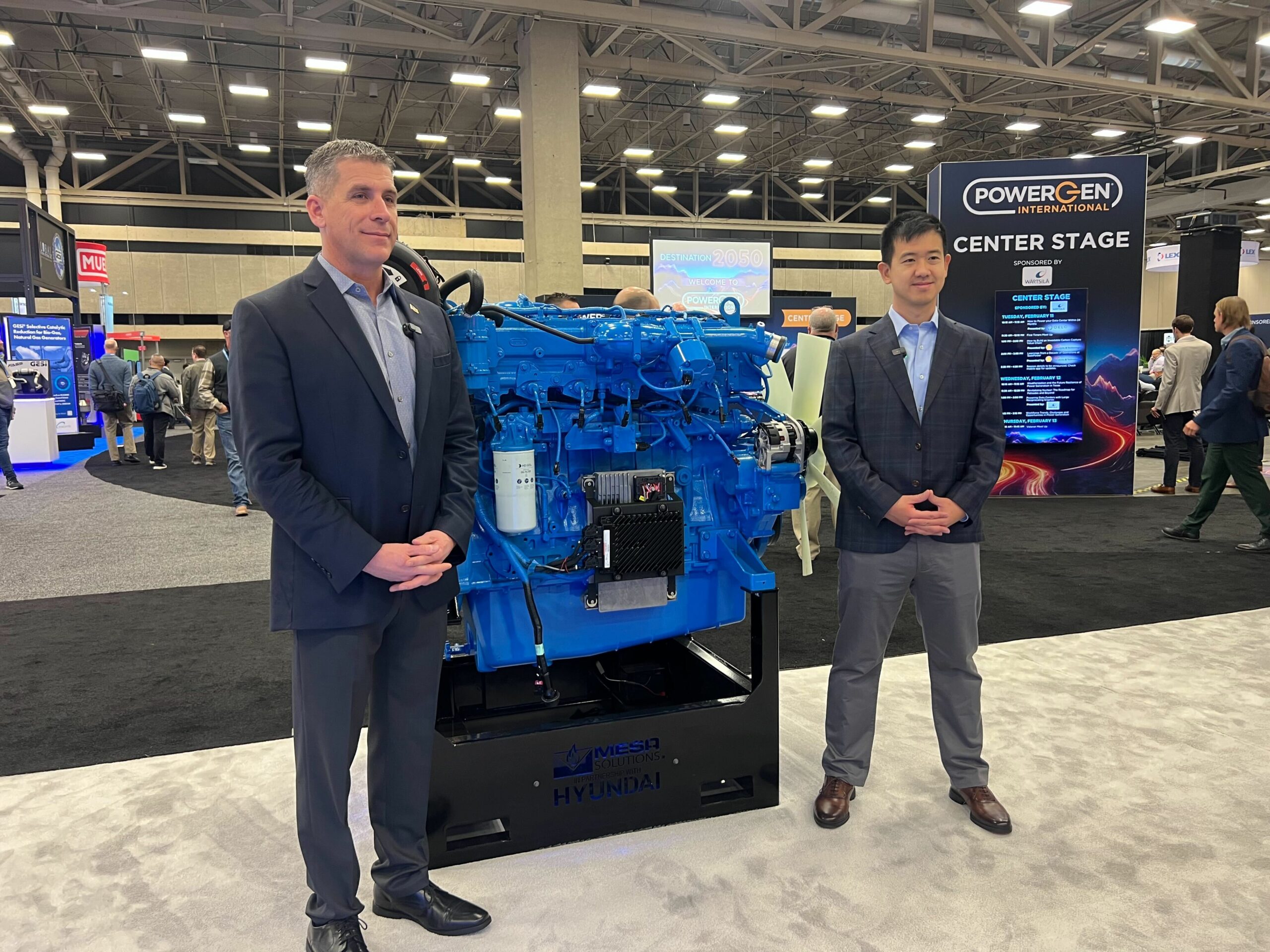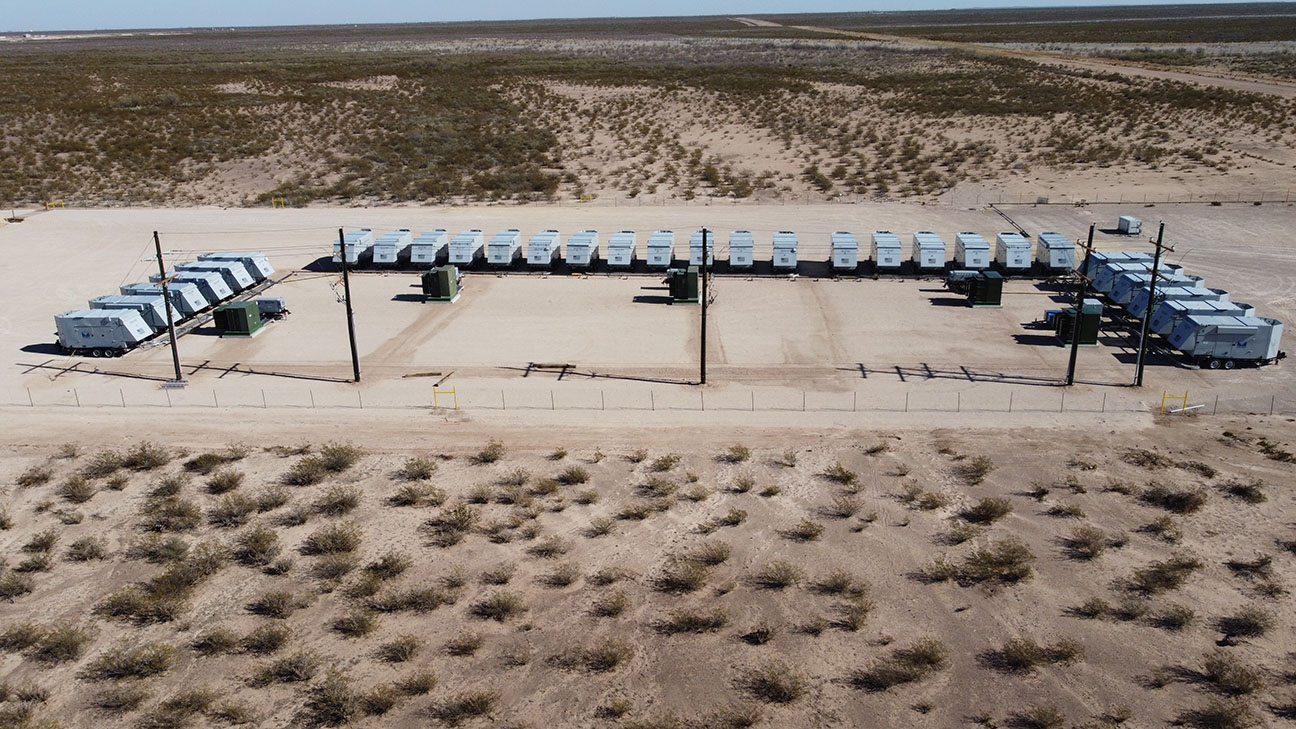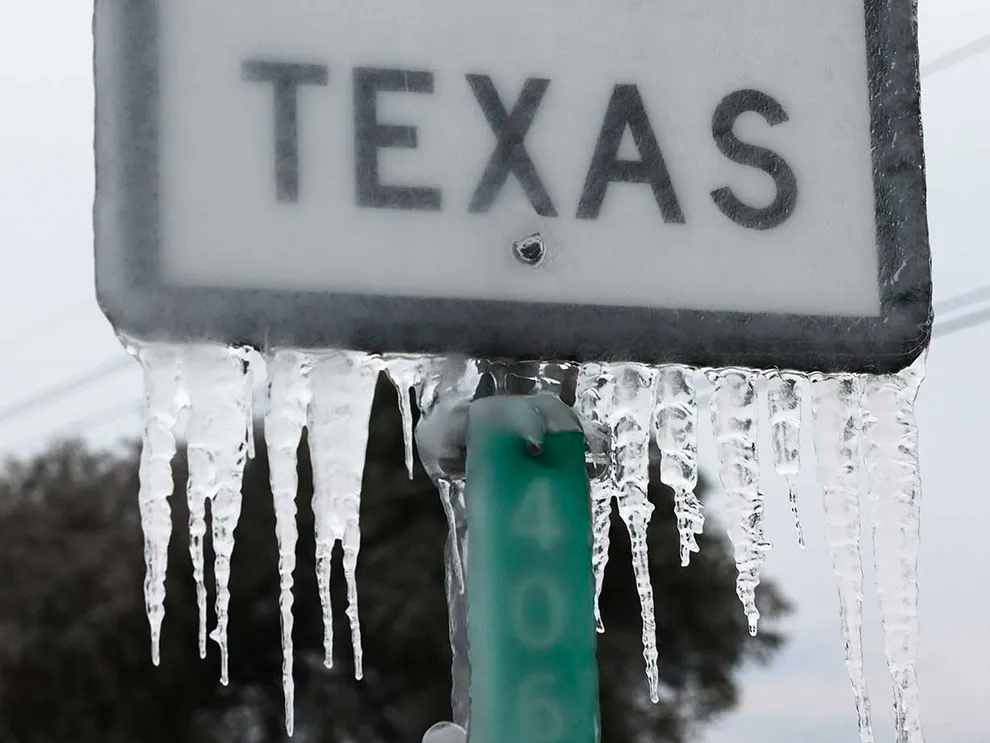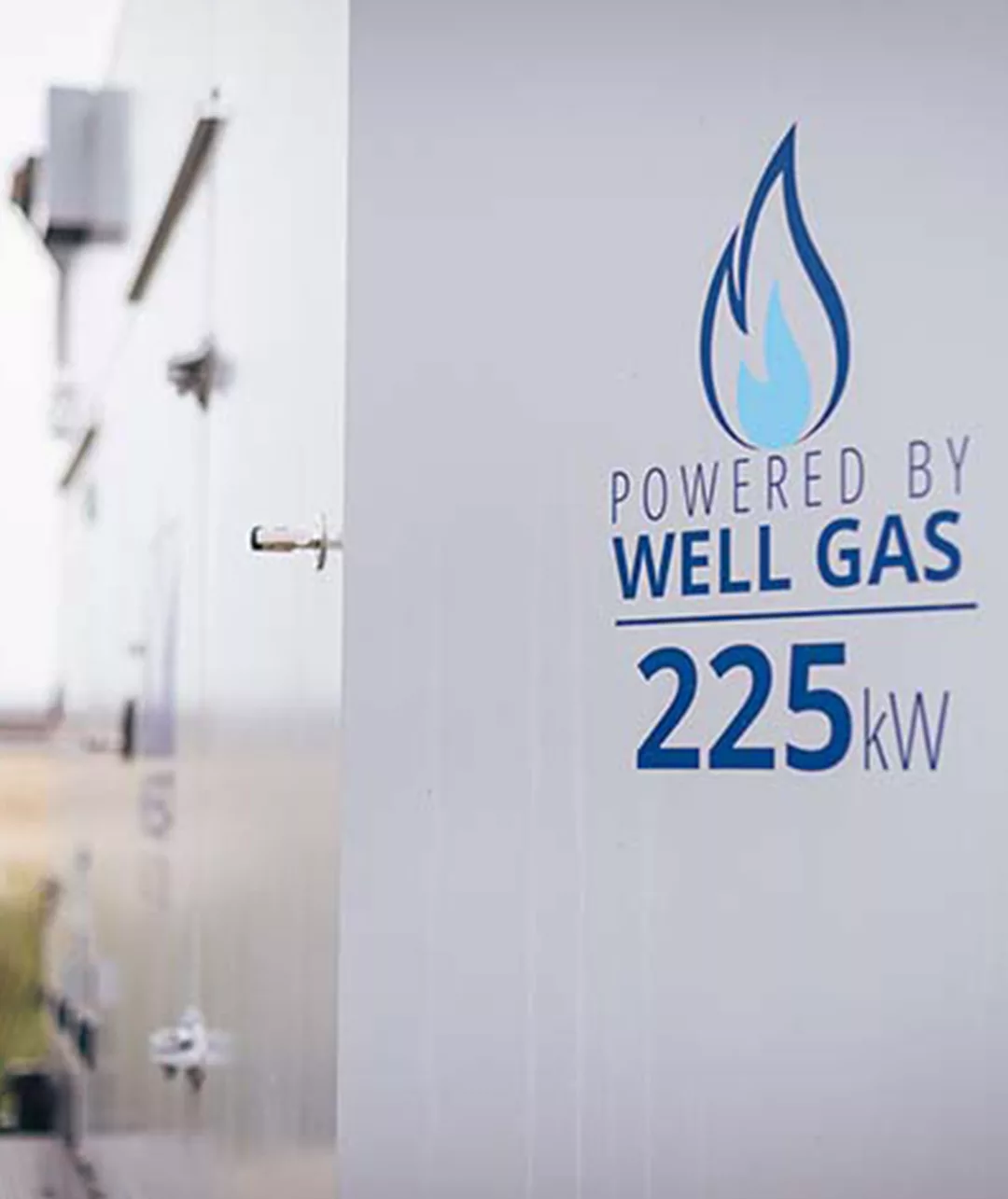Introduction
Microgrids, while still in the early stages of adoption, are being widely utilized at a rapidly growing rate. As more resources become available and research expands on the benefits of this power solution, trends are appearing that highlight the unique situations in which microgrids are most effective. This paper will focus on one of those trends, gathering some of the widely available information demonstrating why schools and universities are in a unique place to benefit from the growing deployment of microgrids. And not only are schools well-positioned to benefit, but they can be a decisive asset to the advancement of efficient, cutting-edge, and environmentally friendly energy that microgrids bring.
When it comes to why schools are a particularly good place for saving money with microgrids, it’s important to take the path of stone-cold economics: downtime costs, energy costs and environmental costs will be the main focus. This paper will first describe why schools experience these costs. Then it will explain how a microgrid could mitigate them, concluding with a short section on the options for financing a microgrid, including developing information on the option to lease a solution. To begin, we will explore why schools and universities are worth highlighting as microgrid users in the first place.
Why Schools?
While there is a plethora of situations in which a microgrid shines, there are a few reasons why we should think of schools as particularly beneficial adopters. These include the large amount of electricity the organizations need to operate, their vulnerability to downtime, and their unique position as educational institutions.
ELECTRIC CONSUMPTION
Economists says even love could be described economically, there is nothing more straightforward than a utility bill with lots of commas. Schools simply use a lot of power. U.S. colleges spend $14 billion on energy annually according to the EPA, and K-12 schools spend another $8 billion – taking up a large percentage of the total spending budget, displacing funds that could otherwise go to education expenses.
Utility bills are not the only thing that makes a school’s electricity costly – indirect costs go even further. The electricity used by educational institutions impacts many lives in such a valuable way that school power is often deemed essential. Whether it be to serve the community as a disaster gathering zone or to advance medical research in high-tech laboratories, schools are rightly given a greater priority than other electric users, no matter how badly one may want to charge their light-up Sketchers.
All this to say, the cost (both direct and indirect) of electricity for schools and universities is high because of its volume and value. They need a lot of power, and the power they use is extremely important. Consequently, they would most benefit from a power solution that can decrease electricity costs and increase reliability.
DOWNTIME
As described above, schools produce a lot of value in using a large amount of electricity. And –more Economics here – the ability to produce immense value suggests an immense cost of downtime. This cost has become clearer in recent years – in California, a 48-hour blackout to utility customers led to a $2.5 billion hit to the state economy. Esource reports that, based on eight major industry characteristics, outages as short as four hours cost $10,000 to $20,000 per organization affected. Schools – as community centers, research institutions and disaster response zones – have an essential need for a large amount of electricity. This, in fact, makes them even more vulnerable in power outages, facing more crippling costs than less essential consumers when utility power fails to reach their buildings.
Sadly, the risk of downtime is increasing nationally. The National Oceanic and Atmospheric Administration (NOAA) and the National Centers for Environmental Information (NCEI) reported that 2019 was the fifth consecutive year to have 10 or more separate billion-dollar disasters. Utility grid infrastructure continues to deteriorate, climate change is causing a greater number of climate-related disasters, and an increasing demand for power is leading to widespread scarcity. Not only will these limitations on the availability of power put pressure on schools to have more reliable solutions, but the fact that the greater communities around them will face a growing number of crises increases that pressure. The role of schools as safe zones in their respective communities means the schools assume a higher risk when considering blackouts.
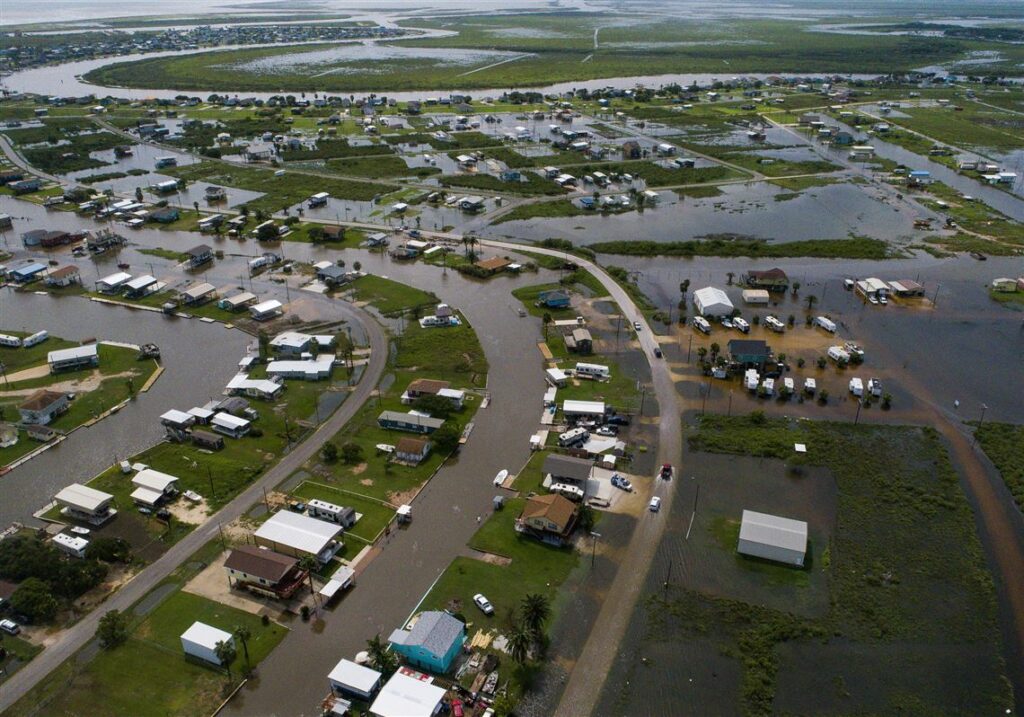
SUSTAINABILITY LEADERS
As climate change continues to be a significant contributor to expanding electricity demands, schools and colleges are on the forefront of cleaner energy solutions. Hundreds of colleges, universities and community schools have pledged to become carbon-neutral within the next couple of decades. As locations of research and development, there are few better places to operate cutting-edge, modern technology like a microgrids. The next generation of engineers, programmers, policymakers, and environmental sustainability analysts can utilize the opportunity of having an applied energy laboratory on campus or within their community school district.
As for low-carbon energy, microgrids optimize zero and low-carbon generation, utilizing a plethora of electricity generators (also called grid resources) including solar PV and natural gas. With the rapid development of new generation techniques, a microgrid’s ability to add and subtract distributed energy resources will allow for constant equivalence with the most cutting-edge electric generation techniques. The complete control that comes from a combination of new-age tech, computation and energy resources determines the most efficient way to utilize power at any time and under any circumstance, drastically decreasing carbon production while increasing
resiliency and uptime.

The Ways Costs Are Are Reduced
UTILITY COSTS
Microgrids can decrease direct costs for schools in a variety of ways, depending on the circumstances of each school. Peak shaving, or engaging in demand response programs, is one of the largest opportunities to achieve a smaller utility bill. Demand response charges are costs utility companies charge, not for total electricity at the end of the month, but for the highest demand used at any moment. These high-demand spikes are usually at times of the day when most grid users are demanding electricity – and, accordingly, when electricity is most expensive (these are called peak demand hours). Utilities charge more during these peak hours because the grid is put under strain with widespread demand, being forced to charge even higher prices or cut portions of consumers off, if necessary. But even the normal utility price volatility presents a great opportunity to reduce costs utilizing a microgrid.
Peak demand charges can be as much as 70% of total monthly charges depending on power needs. A microgrid can simply be programmed to generate electricity during times of higher cost. Advanced microgrid computers communicate with the grid or run simulations to increase power generation, use of batteries, and reduce load from unnecessary users during peak hours. There is even the option to sell power back to the grid during periods of high demand.
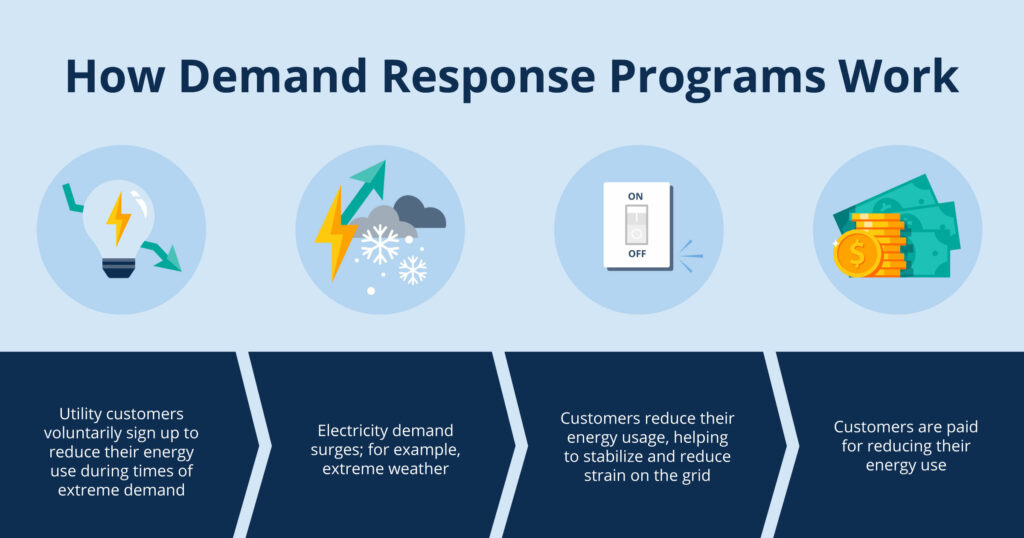
Utility companies employ what is known as demand response programs – where a utility will pay its customers to reduce electricity consumption during peak periods. Using a microgrid for load management can mean reaping the revenue of these programs without cutting large amounts of power or any power at all because a central controller gives the option of reducing load, generating more, or any combination of the two. Participating in these programs can be of significant benefit to the community by reducing strain on the grid when power is needed elsewhere. A 2019 study by The Brattle Group estimates that demand response program use could triple in the U.S., creating $15 billion in savings per year by 2030.
Reliability
The cost of grid electricity can, at times, be volatile – especially in the past few years. This year’s winter storms wreaked havoc for millions of Americans and gave us a glimpse into the dire circumstances of power shortages. NPR reported a Texas family paid more than $10,000 for their February electricity bill – as opposed to their $257 bill from the month prior. They were just one part of $16 billion in unforeseen extra charges to electric consumers – making obvious the need for a preventive response. If within a 32-hour window there were electric prices multiple times higher than average – as it did during this year’s freeze – a microgrid would be ready and equip to respond. The microgrid would switch into island mode, putting a university or school on its very own electric grid. In extreme circumstances, it diverts power to only essential buildings. Then, depending on certain factors, it begins producing electricity to sell back to the grid – contributing to the effort to flatten a spike in demand and sending power where it’s most needed. Deployed as an emergency response measure, Mesa Solutions generators provided 9 MW of power to municipalities and essential operations during the Texas deep freeze at a time when electricity was either cripplingly expensive or flat-out unavailable, witnessing firsthand the necessity of greater, independent power solutions.
Microgrids offer their iconic reliability because of exceptional control and independence. While islanding, a microgrid and whatever it powers become completely separated from any outside electric consumption. As noted above, there are a variety of situations in which this can mean the difference between catastrophe and business as usual. Depending on the size of the microgrid, it can keep an entire school district powered without using utility power – powering, at least, essential buildings and functions while utility power is unreliable or too expensive. For consumers that are particularly vulnerable to the cost of downtime – as schools and universities are – this reliability and independence that a microgrid offers is paramount.
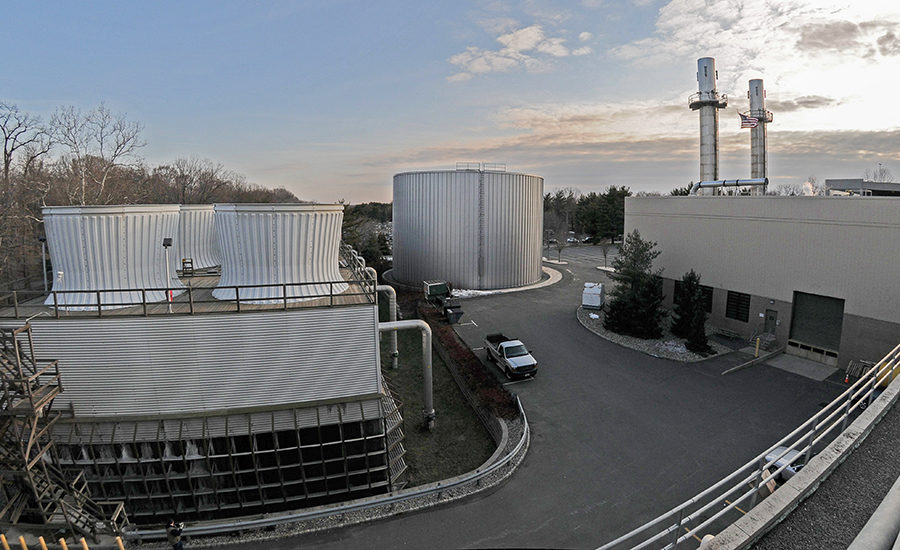
Princeton University employs what is recognized as one of the most advanced microgrids in the country, using a combination of 15 MW of natural gas and 4.5 MW of solar PV. When 8 million people lost power during Hurricane Sandy, the university powered its essential operations while much of the state was in blackout.
The Santa Barbara Unified School District has also embarked on a plan to install microgrids at multiple schools across its district. Wildfires and aging grid infrastructure have led to an increasing amount of downtime for this district and others like it. Developing microgrids not just for the sake of the schools but for the community as a whole will serve to reduce costs of peak demand electricity as well as reliably power the most important buildings in the surrounding communities. The district is becoming a role model for cutting-edge energy solutions for schools. Employing solar panels as grid resources also propels the school and city toward green goals, and unmatched reliability brings greater safety and reduced costs to the community.
Environmental Costs
Embracing energy modernization includes a variety of parts – one of the most well-known is reducing emissions, particularly of greenhouse gases, to curb the effects of climate change. As mentioned above, there is a growing number of institutions and communities committed to lowering or eliminating their emissions. As a rapidly developing industry, clean energy sees great strides in development annually. What is notable, then, about microgrids is their ability to exchange and manage different energy sources. The most advanced microgrids have an infrastructure that allows unprecedented flexibility with energy solutions. This flexibility means it is easy to add or subtract energy resources as needed. Microgrids are open to additions and subtractions, ensuring the cost of upgrades will not keep your institution from utilizing the most efficient, cutting-edge energy solutions. Their solutions range widely from large solar fields to wind and hydro energy, to robust natural gas generators. Mesa offers its natural gas generators to open the doors to microgrid deployment for consumers committed to moving in a greener direction but can’t yet meet the costs of zero-emission generation. With effectively zero locally harmful emissions and significantly less greenhouse gas emissions than coal or diesel generators, Mesa units can meet exceptional standards of low cost, high reliability and low emissions energy.
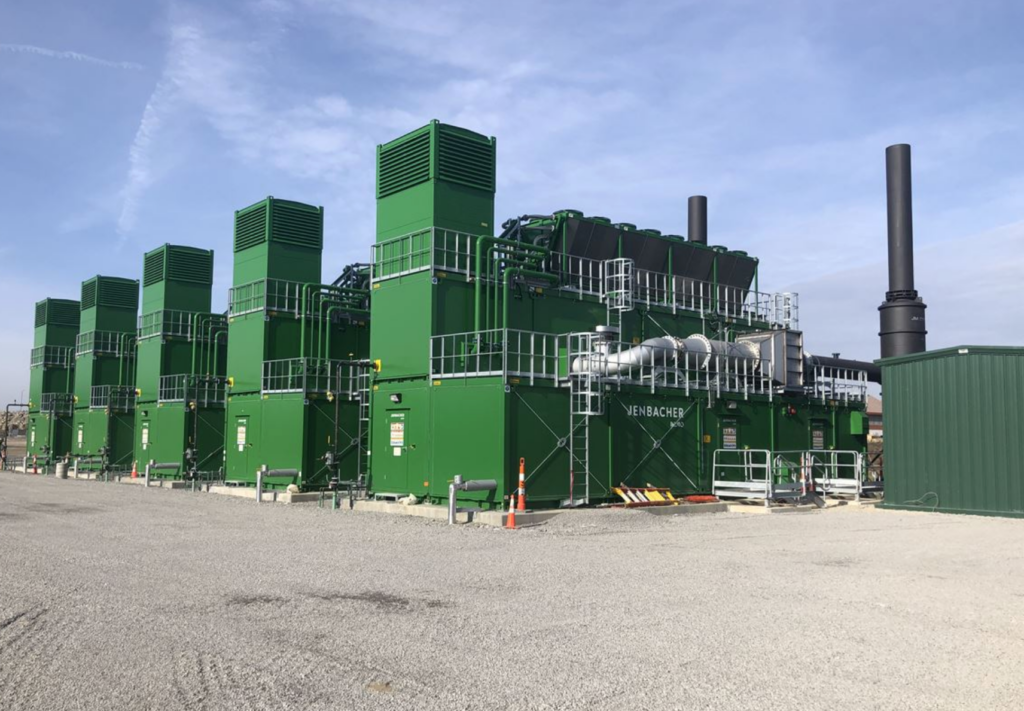
Northeastern University is developing a large microgrid with independence, resiliency, and sustainability in mind. The 73-acre campus is in Boston, Massachusetts, has been experiencing high power demand with supply shortages as well as an increasing number of severe storms. With a goal to reduce CO2 emissions by 80% by 2050, the university’s microgrid will aid in accelerating the ability to add low-carbon generation resources in a reliable way. It will include a diverse set of grid resources, including gas turbines, solar panels, and a 2-MW/3-MWh battery system.
Tufts University is another school with microgrid experience. It powers around 60 campus buildings. The university’s costs have reportedly been reduced by 20% along with a 14% decrease in greenhouse gas emissions annually. Tuft’s University utilizing a combined heat and power system and a variety of distributed energy resources is a great example of sustainability for the university and greater community.
While not strictly an environmental solution, microgrids are impacting many communities by giving them the power and independence to control their electricity. As our understanding of the importance of local solutions to environmental problems grows, microgrids shine in the same way a community farm, town market, or other local services do. The microgrid’s ability to be wholly customizable allows for as many limitless options as there are unique community needs. Implemented as a “farmer’s market for electricity,” a microgrid can serve a community in a specific (and dare use the heartless jargon efficient way, unique to each community, and only reached by something locally operated).
Paying for a Microgrid
There is an abundance of information on the cost of implementing a microgrid, but general consensus is a consultation will best decipher the vastly differing considerations that come into account when paying for a new microgrid.
Early editions of a type of leased microgrid in which upfront capital costs are covered in exchange for certain value streams are starting to be offered by some companies. Some utility companies are beginning to develop their own microgrid options. This could look like a lease or team-owned microgrid implemented by utility companies and used by a university or school district. Or it could look like a various arrangement of business deals as the market grows from its early stages in the next few years.
For example, a unique opportunity to implement and pay for a microgrid is being demonstrated by a school in Illinois. The Illinois Institute of Technology (IIT) was experiencing three or more power outages a year, costing $500,000 annually in downtime and restorative costs. As an upgrade to its aging power infrastructure, IIT implemented the Perfect Power System microgrid. The $12 million Perfect Power System microgrid is estimated to save $5 million immediately in needed infrastructure upgrade costs and $500,000 to $1.5 million annually through demand response/peak shaving, consumption efficiency and grid services. Moreover, the solution has proven to be significantly more reliable, with lower emissions than its previous power solution. As an engineering innovation, the microgrid serves as a “living lab” for the institute and greater community, further attracting grants and education opportunities.
Conclusion
Schools and universities harbor many important elements to carry our communities into a brighter, more efficient future. We’ve discussed how grid power is becoming more unreliable, the benefits of a “living lab,” the importance of an upgradable solution for reducing emissions, and more. In the end, it’s all about adequately powering our schools. At Mesa, we hope to do our part to ensure that responsible, reliable power. We encourage local schools, universities, and communities to continue to push their goals in environmental sustainability and educational advancement with greener, innovative energy solutions in mind.
1. https://rmi.org/press-release/10-puerto-rican-schools-receive-resilient-microgrids/
2. https://perspectives.se.com/blog-stream/power-resilience-for-school-districts-microgrids
3. https://ouc.bizenergyadvisor.com/article/colleges-and-universities
4. https://ouc.bizenergyadvisor.com/article/k-12-schools
5. https://www.districtenergy.org/HigherLogic/System/DownloadDocumentFile.ashx?DocumentFileKey=3b85bc61-0272-80a0-6128-64391b95fe80&forceDialog=0
7. https://microgridknowledge.com/university-decarbonization-college-microgrids/
8. https://clean-coalition.org/community-microgrids/
9. https://www.csemag.com/articles/case-study-microgrid-at-princeton-university/
13. http://www.iitmicrogrid.net/microgrid.aspx
15. https://environmentamerica.org/energy-101/microgrids-energy-storage
16. https://microgridknowledge.com/rural-electric-cooperatives-microgrids-anza-electric/
18. https://www9.nationalgridus.com/non_html/shared_energyeff_college.pdf





